Home>Renovation & DIY>Tools & Equipment>What Is A Pozi Screwdriver Used For
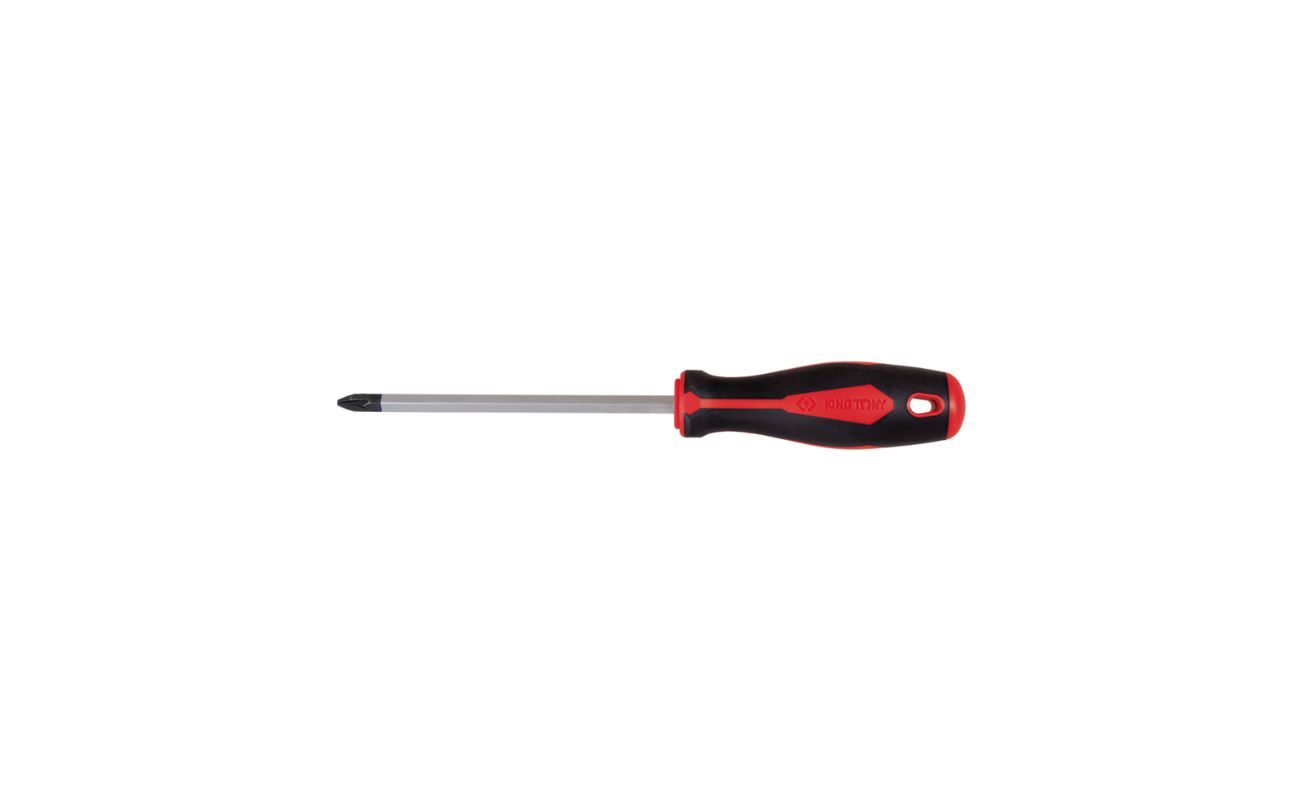

Tools & Equipment
What Is A Pozi Screwdriver Used For
Modified: January 9, 2024
Discover the versatility of a pozi screwdriver and its uses in various tools and equipment. Enhance your DIY projects with this essential tool.
(Many of the links in this article redirect to a specific reviewed product. Your purchase of these products through affiliate links helps to generate commission for Storables.com, at no extra cost. Learn more)
Introduction
When it comes to tools and equipment, having the right one for the job can make all the difference. And when it comes to screwdrivers, there are a wide variety to choose from. One type of screwdriver that you may have come across is the Pozi screwdriver.
The Pozi screwdriver is a versatile tool that is commonly used in woodworking, carpentry, and other DIY projects. Its unique design and functionality make it a valuable addition to any toolbox. In this article, we will explore what a Pozi screwdriver is, how it differs from a Phillips screwdriver, its common uses, and why it is advantageous to use one.
So, if you have ever wondered about the purpose and benefits of a Pozi screwdriver, read on to learn more!
Key Takeaways:
- Pozi screwdrivers offer superior grip, reduced slippage, and increased stability, making them essential for woodworking, electronics repair, automotive maintenance, and DIY projects.
- Choosing the right size, applying downward pressure, and regular maintenance are key to effectively using a Pozi screwdriver and achieving accurate and secure screw fastenings.
Read more: What Is A Torx Screwdriver Used For
What is a Pozi screwdriver?
A Pozi screwdriver is a type of screwdriver that is specifically designed to drive Pozidriv screws. These screws have a unique cross-shaped recess with additional smaller indents at each corner, similar to a Phillips screw but with some key differences. The indents on the Pozi screw are deeper and more pronounced than those on a Phillips screw, allowing for improved engagement and a tighter grip.
The Pozi screwdriver features a corresponding tip with a pattern of lines in the center, forming a cross. These lines align with the indents on the Pozidriv screws, providing a more secure fit and reducing the likelihood of the screwdriver slipping or damaging the screw head.
The design of the Pozi screwdriver allows for better torque transfer, making it easier to drive screws into various materials, including wood, metal, and plastics. It offers more control and stability, reducing the risk of the screwdriver slipping and potentially causing injuries or damaging the work surface.
It is important to note that although Pozi screwdrivers and Phillips screwdrivers may look similar, they are not interchangeable. Attempting to use a Pozi screwdriver with a Phillips screw or vice versa can result in stripped screws, damaged screw heads, and frustration.
Now that we understand what a Pozi screwdriver is, let’s explore how it differs from a Phillips screwdriver.
How does a Pozi screwdriver differ from a Phillips screwdriver?
While both Pozi and Phillips screwdrivers are used for driving screws, there are significant differences between the two. These differences primarily lie in the shape and design of the screw heads and the corresponding screwdriver tips.
The most noticeable difference is the shape of the screw heads. Phillips screws have a cross-shaped recess with rounded edges, while Pozidriv screws have deeper, more pronounced indents at each corner of the cross. This design difference gives Pozi screws a slight advantage in terms of engagement and torque transfer.
As for the screwdriver tips, Phillips screwdrivers have a simple cross-shaped tip, with each of the four arms being equal in width. On the other hand, Pozi screwdrivers feature a more complex tip with additional lines in the center, forming a cross. These extra lines in the Pozi screwdriver tip improve its grip and reduce the chances of slippage during use.
Another difference lies in the compatibility of the screwdriver tips with different screw types. While a Phillips screwdriver can often be used with Pozi screws in a pinch, it may not provide the same level of grip or torque transfer as a dedicated Pozi screwdriver. In contrast, a Pozi screwdriver is specifically designed to effectively drive Pozi screws, ensuring optimal performance and reducing the risk of damage to the screw or work surface.
It’s worth noting that Phillips screws are more commonly used in North America, while Pozidriv screws are prevalent in Europe and other parts of the world. This regional distinction is important to be aware of when choosing the right screwdriver for a specific project.
So, if you find yourself encountering Pozi screws in your DIY endeavors, make sure to have a Pozi screwdriver handy for the best results. Now that we understand the differences between a Pozi screwdriver and a Phillips screwdriver, let’s delve into the common uses for Pozi screwdrivers in various industries and applications.
Common uses for Pozi screwdrivers
Pozi screwdrivers are widely used in various industries and applications due to their versatility and reliability. Here are some of the common uses for Pozi screwdrivers:
- Carpentry and woodworking: Pozi screws are commonly used in carpentry and woodworking projects, such as furniture assembly, cabinetry, and flooring installation. The deep indents on the screws and the corresponding Pozi screwdriver allow for easy driving and a secure fit, ensuring sturdy and long-lasting connections.
- Electronics and appliance repair: Pozi screws are often used in electronics and appliance repair due to their ability to withstand vibrations and provide a secure fastening. Pozi screwdrivers are essential for removing and replacing screws in computers, laptops, smartphones, televisions, and other electronic devices.
- Automotive and mechanical repairs: Pozi screws find application in automotive and mechanical repairs, particularly in interior panels, trim, and engine components. The reliable grip and torque transfer of Pozi screwdrivers make them ideal for disassembling and reassembling automotive parts.
- Furniture assembly: Many ready-to-assemble furniture pieces come with Pozi screws and require a Pozi screwdriver for assembly. From beds and tables to cabinets and shelves, using a Pozi screwdriver ensures a secure and stable final product.
- Construction and building projects: Pozi screws are commonly used in construction and building projects, such as framing, drywall installation, and decking. The secure fit provided by Pozi screwdrivers helps to ensure the structural integrity of the construction.
- DIY home improvement tasks: Whether it’s hanging shelves, installing light fixtures, or repairing appliances, Pozi screwdrivers are invaluable for various DIY home improvement tasks. They provide the necessary grip and control to drive screws efficiently and effectively.
These are just a few examples of the wide range of applications where Pozi screwdrivers are utilized. It’s essential to have a Pozi screwdriver in your toolbox to tackle a variety of projects with ease and confidence. Now, let’s explore the advantages of using a Pozi screwdriver over other types of screwdrivers.
A Pozi screwdriver is used for driving screws with a specific cross-shaped pattern, commonly found in furniture assembly and woodworking. Make sure to use the correct size to avoid damaging the screw head.
Advantages of using a Pozi screwdriver
Using a Pozi screwdriver offers several advantages that make it a preferred choice for many professionals and DIY enthusiasts. Here are some of the key advantages of using a Pozi screwdriver:
- Better grip and torque transfer: The design of Pozi screwdrivers, with their multiple indents and additional lines in the tip, provides a superior grip on Pozi screws. This results in improved torque transfer, allowing for easier and more efficient driving of screws into various materials.
- Reduced slippage and cam-out: The deep, pronounced indents on Pozi screws, along with the corresponding lines on Pozi screwdrivers, significantly reduce the chances of slippage during use. This prevents the screwdriver from slipping out of the screw head and minimizes the risk of cam-out, which is when the screwdriver slips and damages the screw head.
- Increased stability: The secure fit provided by a Pozi screwdriver ensures stability while driving screws. This makes it easier to control and maneuver the screwdriver, reducing the likelihood of the screwdriver slipping and potentially causing harm to yourself or the work surface.
- Wide range of applications: Pozi screws and screwdrivers are used in various industries and applications, making them highly versatile. Whether you’re working on woodworking projects, electronics repairs, automotive maintenance, or DIY tasks, having a Pozi screwdriver in your toolkit allows for seamless transitions between different projects.
- Compatibility with different screw sizes: Pozi screwdrivers come in various sizes to accommodate different screw sizes. This ensures a proper and snug fit between the screwdriver and the screw head, preventing stripping or damaging the screw head while driving or removing screws.
- Interchangeability with Phillips screws (to some extent): While Pozi screwdrivers and Phillips screwdrivers are not completely interchangeable, a Pozi screwdriver can often be used in place of a Phillips screwdriver with Phillips screws, albeit with a slightly lesser grip. This versatility can come in handy when you don’t have a dedicated Phillips screwdriver on hand.
By using a Pozi screwdriver, you’ll experience enhanced performance, improved efficiency, and greater ease of use. These advantages make a Pozi screwdriver a valuable tool for both professional tradespeople and DIY enthusiasts. Now, let’s explore some tips for using a Pozi screwdriver effectively.
Read more: What Is A Flat Head Screwdriver Used For
Tips for using a Pozi screwdriver effectively
To make the most out of your Pozi screwdriver and ensure efficient and effective use, here are some helpful tips:
- Choose the right size: Pozi screwdrivers come in various sizes, so it’s important to select the right size that matches the screw head. Using the wrong size can lead to stripped or damaged screws. If you’re uncertain about the size, it’s always better to err on the side of caution and use a slightly smaller size.
- Apply downward pressure: When driving screws with a Pozi screwdriver, apply steady downward pressure to maintain good contact between the screwdriver and the screw head. This will help prevent slippage and ensure proper engagement, allowing for efficient driving.
- Use a firm grip: Hold the Pozi screwdriver with a firm grip to maintain control and stability. Avoid using excessive force, which can cause the screwdriver to slip or damage the screw head. A balanced grip with moderate pressure is usually sufficient for most applications.
- Keep the screwdriver perpendicular: It’s important to keep the Pozi screwdriver perpendicular to the screw head while driving or removing screws. This ensures optimal engagement and reduces the risk of the screwdriver slipping off the screw head.
- Avoid over-tightening: When driving screws, be cautious not to over-tighten them. Over-tightening can lead to stripped threads or damaged screw heads. Once the screw feels secure and snug, stop applying force to avoid any potential damage.
- Inspect the screw head: Before using a Pozi screwdriver, inspect the screw head for any signs of damage or wear. Damaged screw heads may require repair or replacement before attempting to drive screws into them.
- Secure the workpiece: Ensure that the workpiece you’re working on is properly secured to prevent it from moving or shifting while driving screws. This will provide stability and minimize the risk of the screwdriver slipping or damaging the work surface.
- Regular maintenance: Keep your Pozi screwdriver clean and free from debris by wiping it down after each use. Regularly inspect the tip for any signs of wear or damage and replace it if necessary. Proper maintenance will ensure optimal performance and longevity of your Pozi screwdriver.
Following these tips will help you use your Pozi screwdriver effectively and achieve successful results in your projects. Now that you’re well-equipped with the knowledge of using a Pozi screwdriver, let’s discuss some important considerations to keep in mind while using one.
Important considerations when using a Pozi screwdriver
While using a Pozi screwdriver is relatively straightforward, there are a few important considerations to keep in mind to ensure safe and successful use:
- Use the right screwdriver: Make sure you are using a genuine Pozi screwdriver that matches the size and type of Pozi screws you are working with. Using an incorrect or subpar screwdriver can lead to poor results and potential damage to the screw or workpiece.
- Start with a pilot hole: In some cases, especially when working with hardwood or dense materials, it may be beneficial to create a pilot hole before driving the screw. This can prevent the wood from splitting and make it easier to drive the screw with the Pozi screwdriver.
- Be mindful of the screw depth: Pay attention to the depth of the screw while driving it. Overdriving the screw can cause it to go beyond the desired depth, leading to weak connections or damage to the workpiece. Use a depth stop or markings on the screwdriver shaft as a guide if necessary.
- Inspect the screw head and driver for wear: Regularly inspect both the screw head and the Pozi screwdriver for signs of wear or damage. Worn screw heads or drivers can lead to ineffective driving, reduced grip, and potential slippage. If either the screw or the driver shows signs of wear, it is advisable to replace them.
- Take breaks if needed: If you are driving a large number of screws or engaging in extended periods of screw-driving, take regular breaks to avoid fatigue. Fatigue can affect your grip, control, and accuracy, increasing the risk of accidents or errors.
- Beware of cross-threading: Cross-threading occurs when the screw is not properly aligned with the hole, resulting in the threads being misaligned and potentially damaged. Take care to align the screw with the hole correctly before driving it with the Pozi screwdriver to avoid cross-threading.
- Practice on scrap materials: If you are new to using a Pozi screwdriver or working with Pozi screws, it can be helpful to practice on scrap materials before tackling your actual project. This will allow you to get a feel for the screwdriver and familiarize yourself with the correct technique.
- Store your Pozi screwdriver properly: To ensure the longevity and performance of your Pozi screwdriver, store it in a dry and secure place. Avoid exposing it to moisture, extreme temperatures, or other damaging elements that can lead to rust or deterioration.
By keeping these considerations in mind, you can maximize the effectiveness and lifespan of your Pozi screwdriver and ensure safe and successful projects. Now, let’s wrap up our exploration of Pozi screws and screwdrivers.
Conclusion
Pozi screwdrivers are essential tools for various industries and DIY enthusiasts alike. Their unique design and functionality make them highly versatile and reliable for driving Pozi screws in a wide range of applications.
In this article, we have explored what a Pozi screwdriver is, how it differs from a Phillips screwdriver, and its common uses in carpentry, electronics, automotive, construction, and DIY projects. We have also highlighted the advantages of using a Pozi screwdriver, such as better grip, reduced slippage, and increased stability.
To use a Pozi screwdriver effectively, we provided some valuable tips, such as choosing the right size, applying downward pressure, and maintaining a firm grip. We also discussed important considerations like using the right screwdriver, inspecting for wear, and being mindful of screw depth.
By following these guidelines, you can confidently use a Pozi screwdriver to achieve accurate and secure screw fastenings, minimizing the risk of damage to the screw or workpiece.
So, whether you’re embarking on a woodworking project, assembling furniture, repairing electronics, or tackling any other task that involves driving Pozi screws, having a Pozi screwdriver in your toolkit is a wise choice.
With its impressive grip, torque transfer, and stability, the Pozi screwdriver is a reliable and efficient tool that will help you accomplish your projects with ease and precision.
Now that you have a deeper understanding of Pozi screwdrivers and their applications, go ahead and equip yourself with this versatile tool and experience the difference it makes in your work. Happy screwdriving!
Frequently Asked Questions about What Is A Pozi Screwdriver Used For
Was this page helpful?
At Storables.com, we guarantee accurate and reliable information. Our content, validated by Expert Board Contributors, is crafted following stringent Editorial Policies. We're committed to providing you with well-researched, expert-backed insights for all your informational needs.
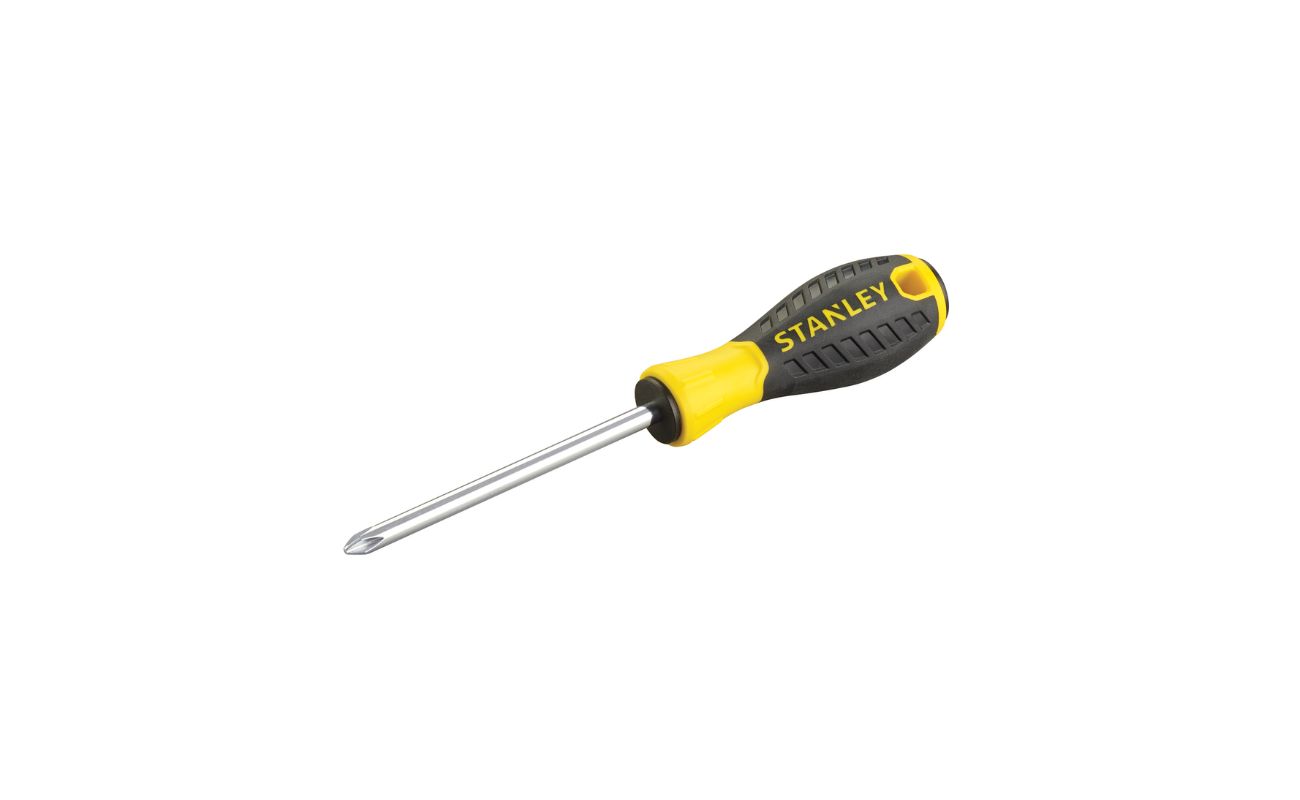
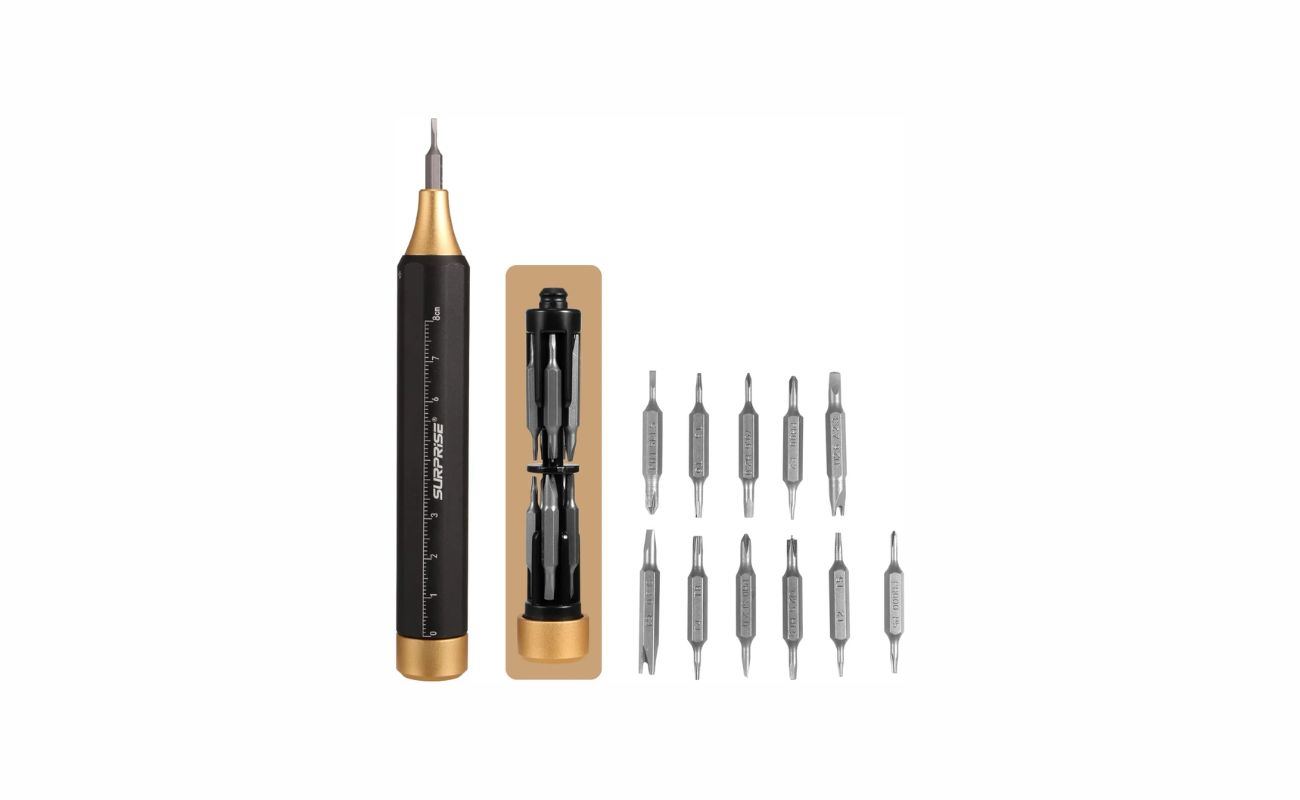
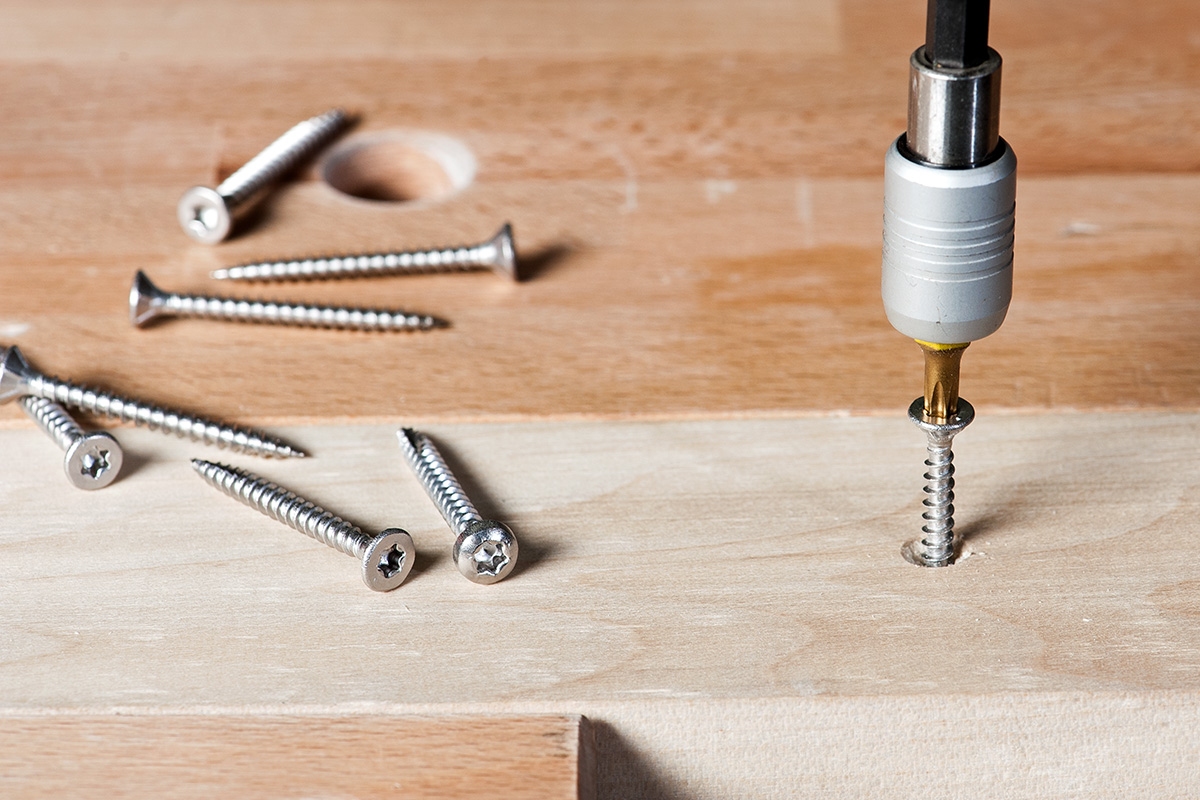
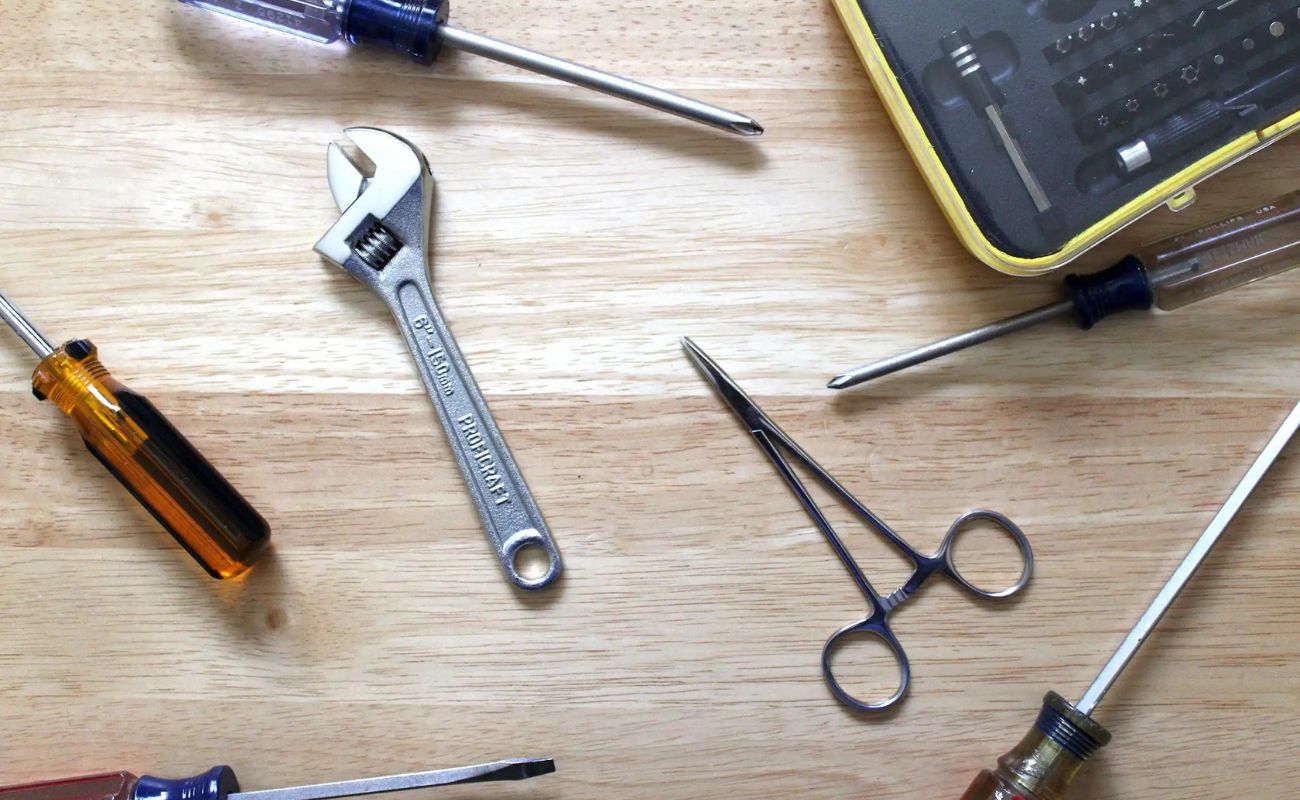
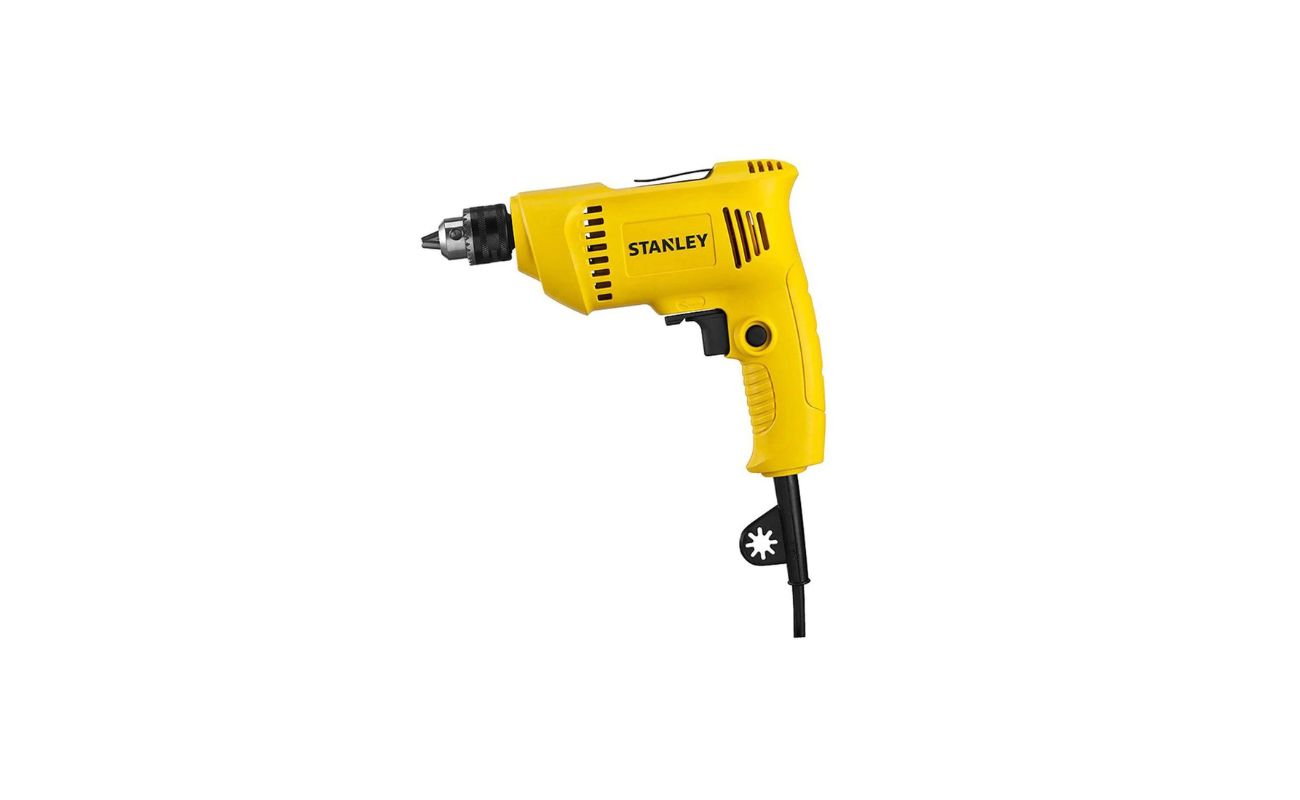
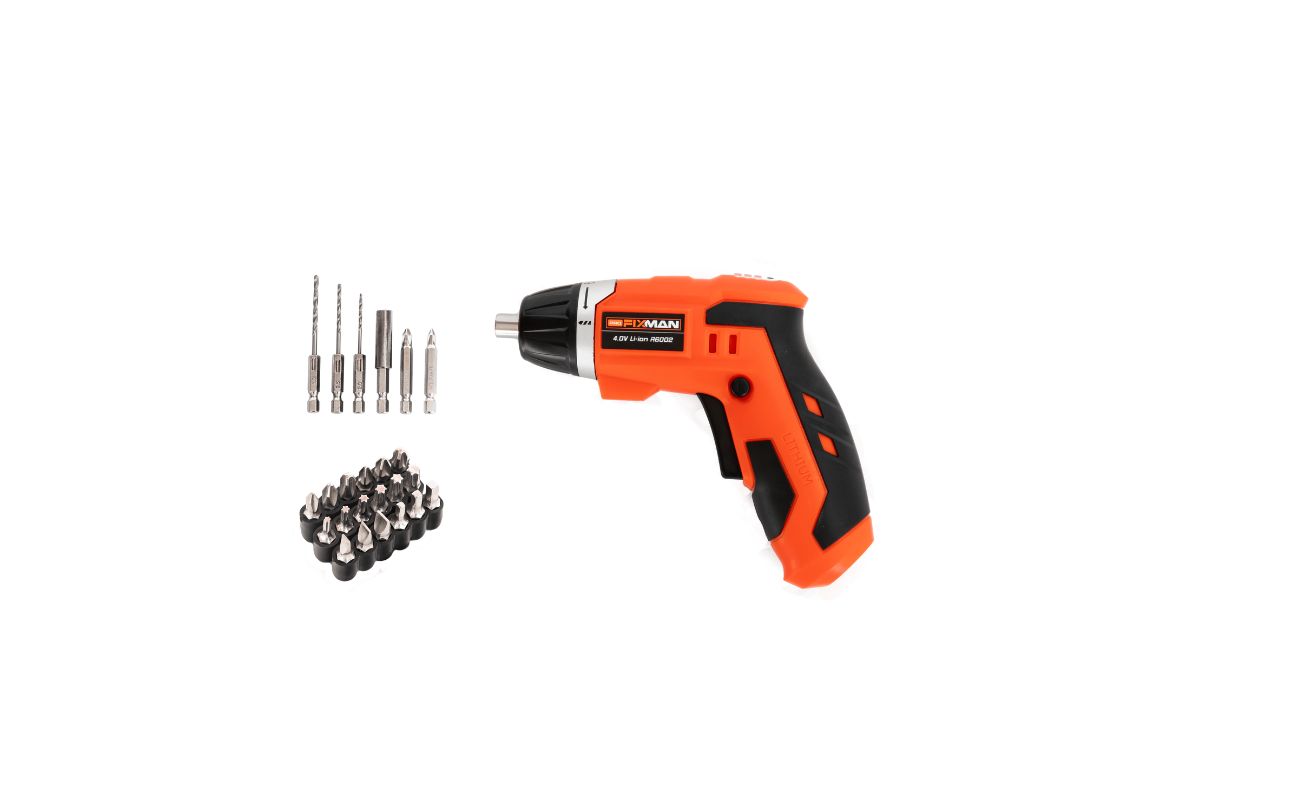
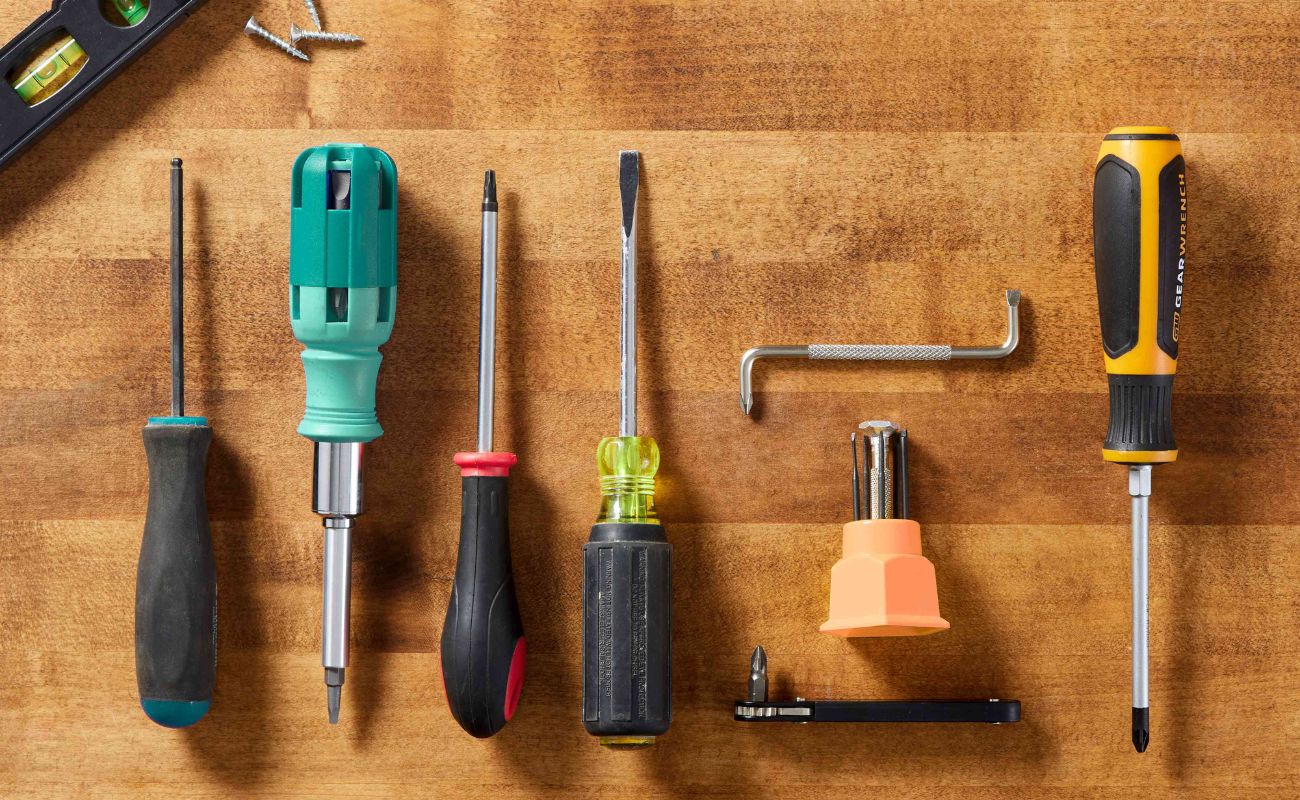
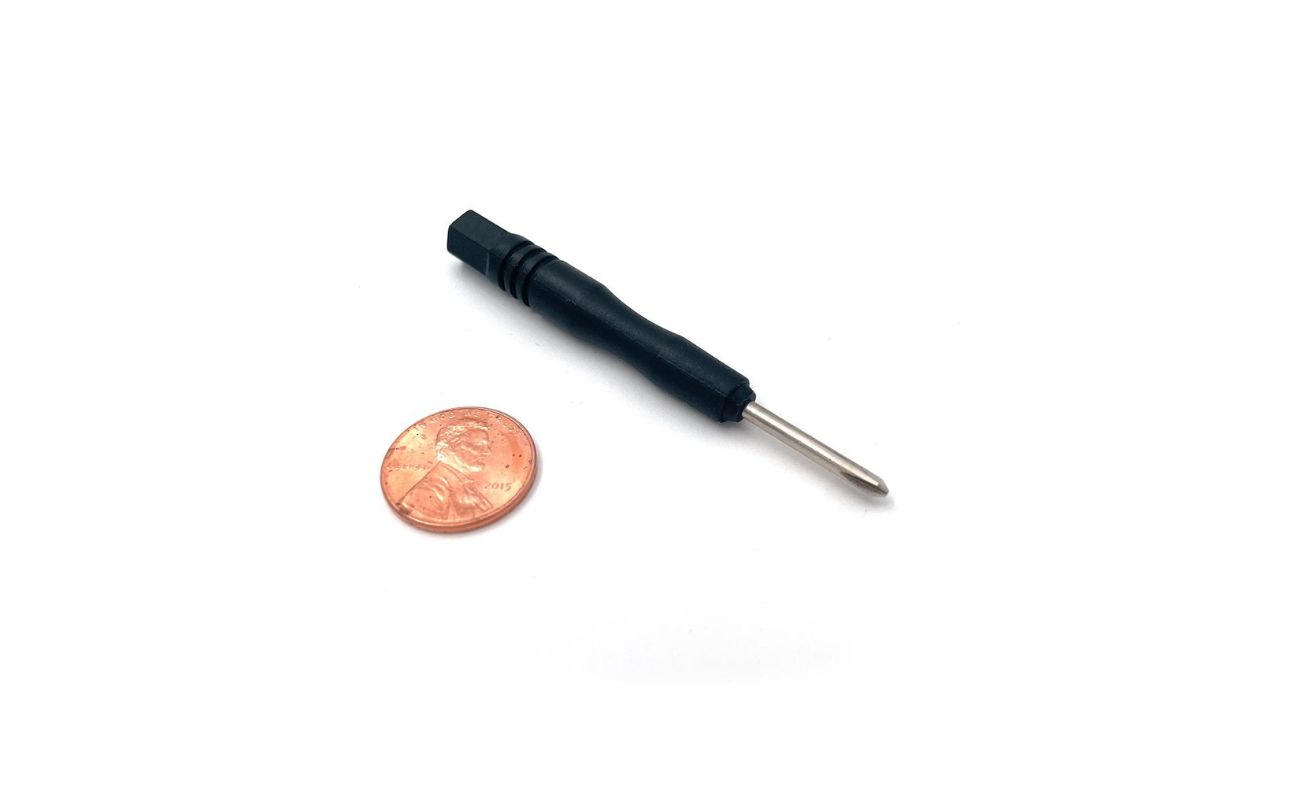
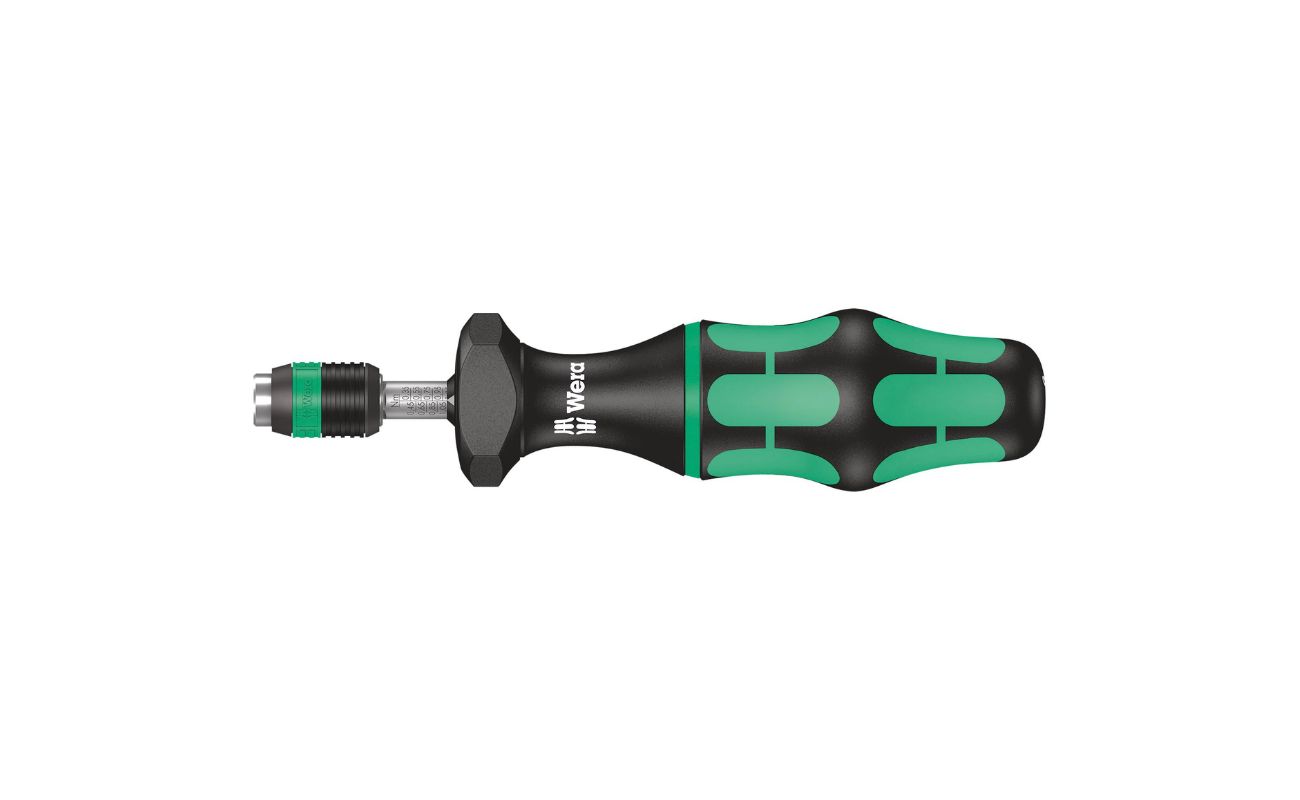
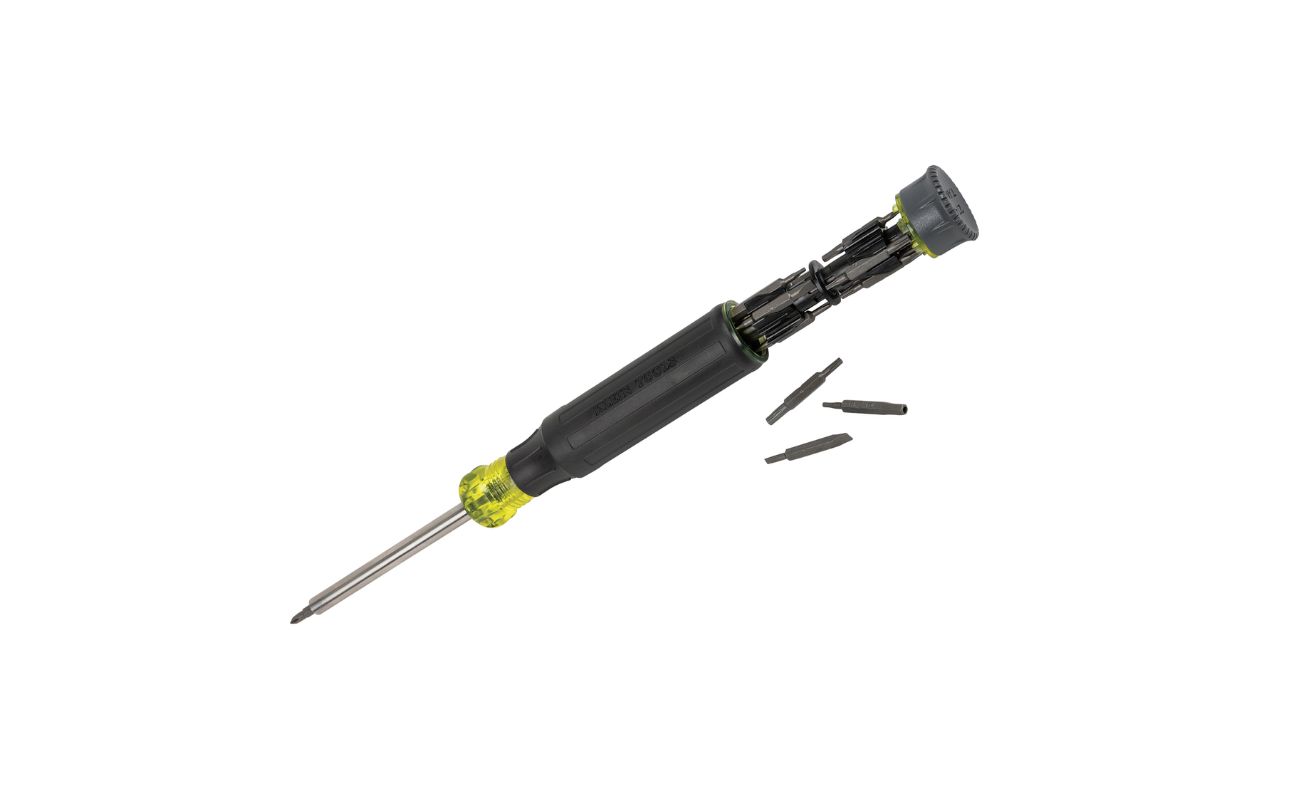
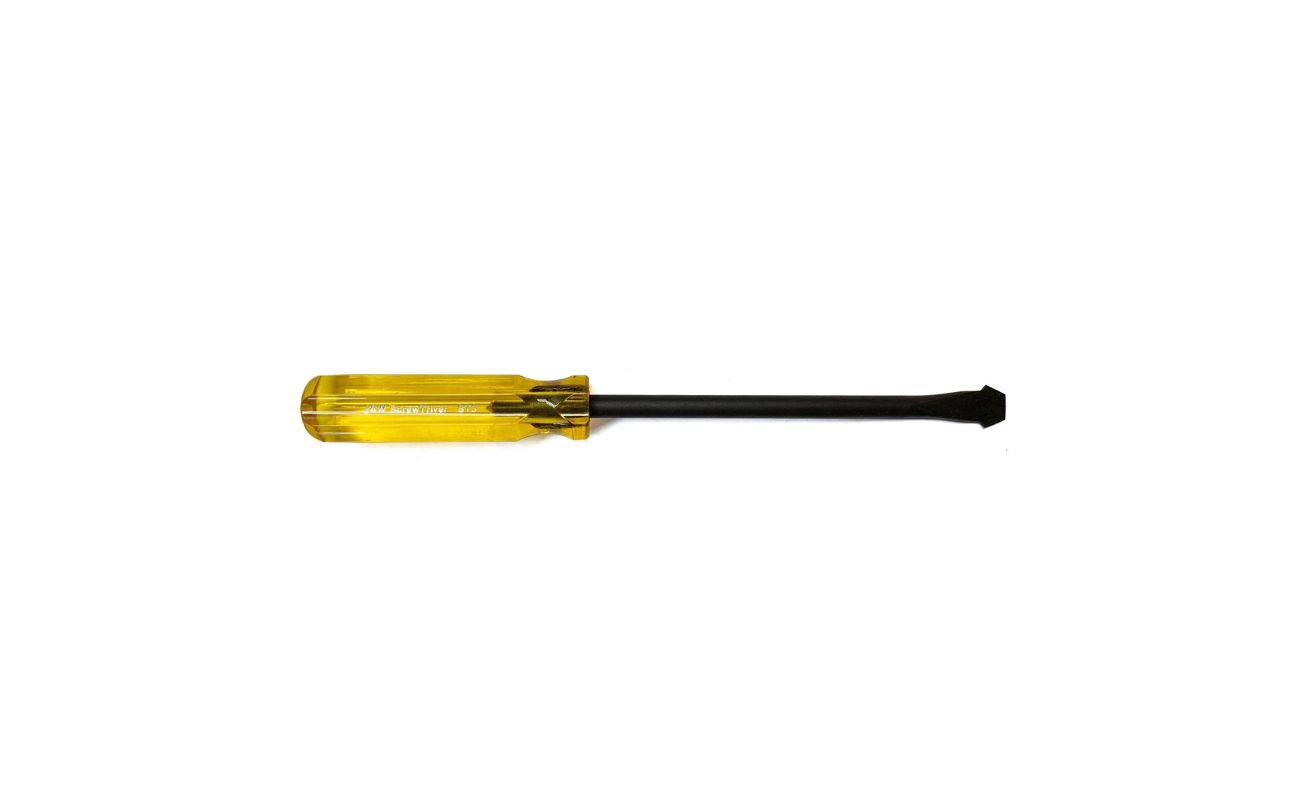
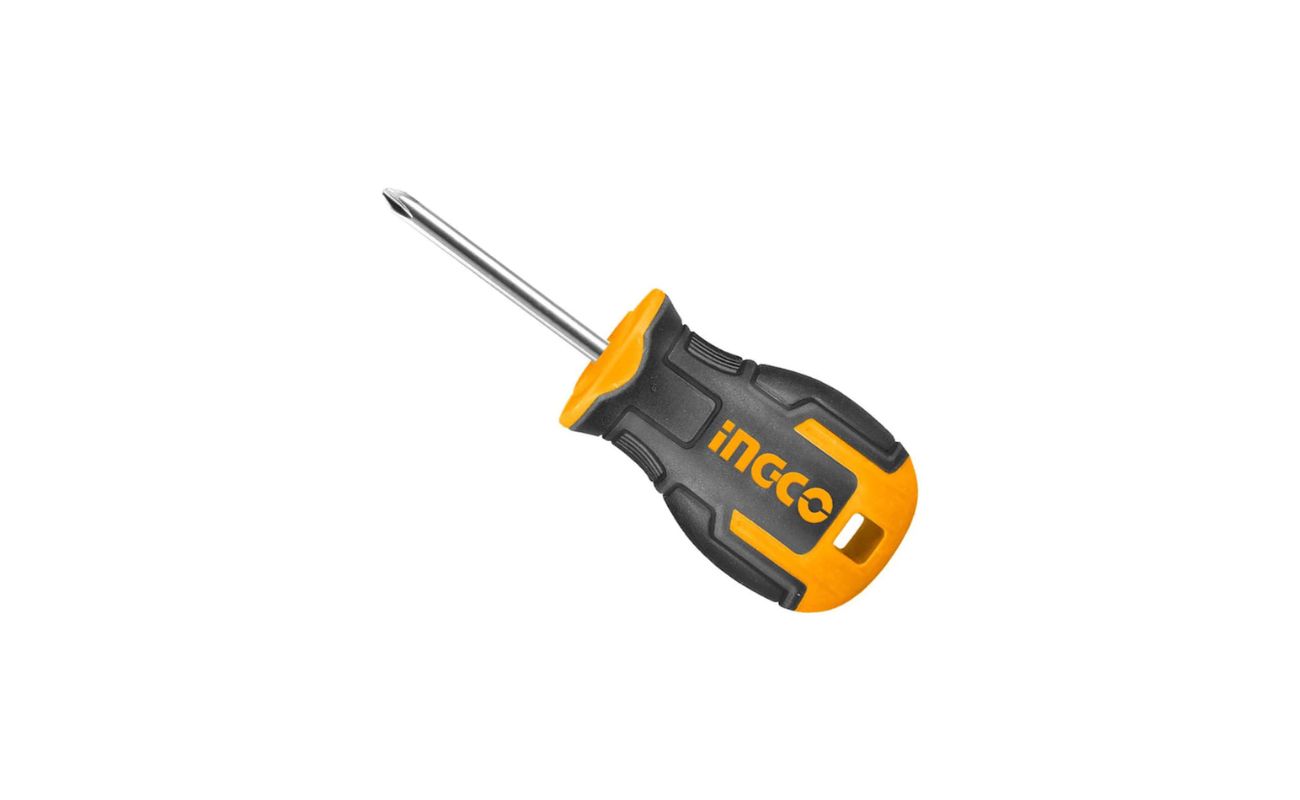
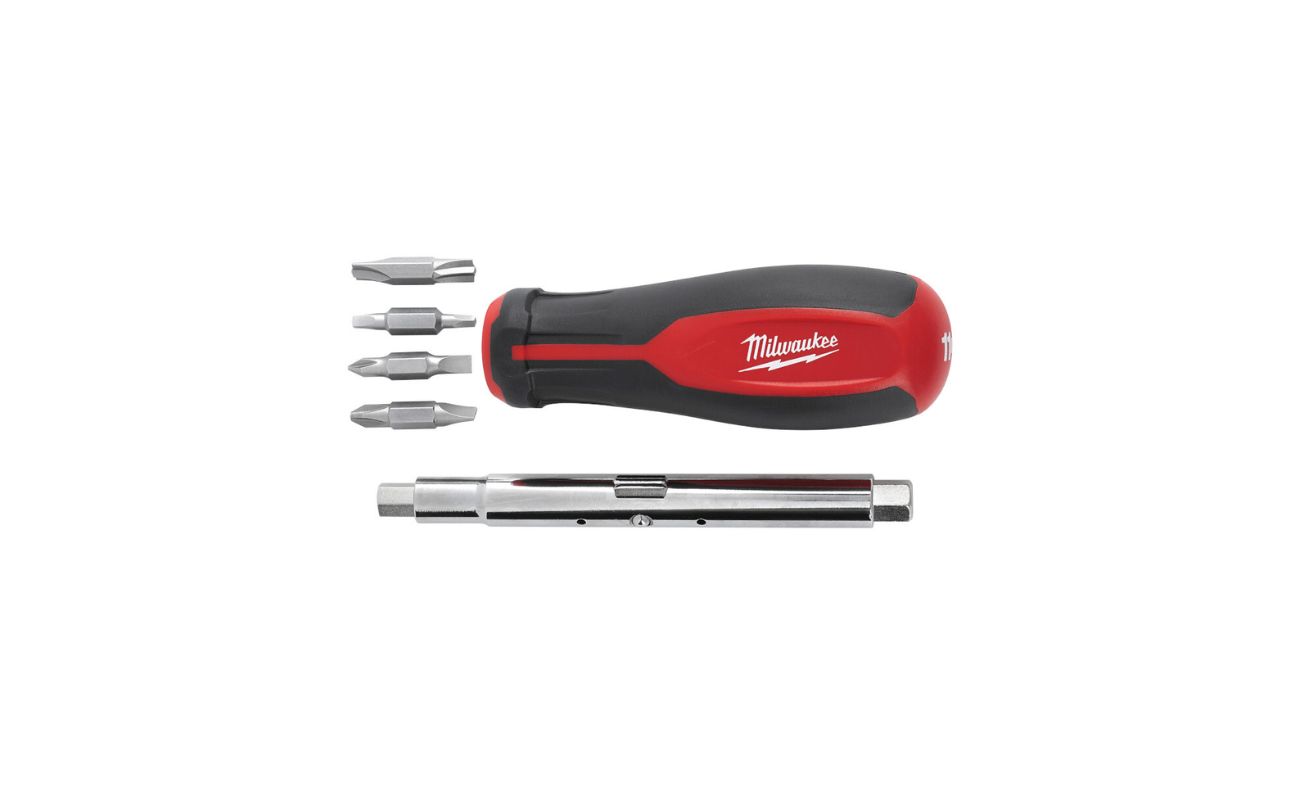
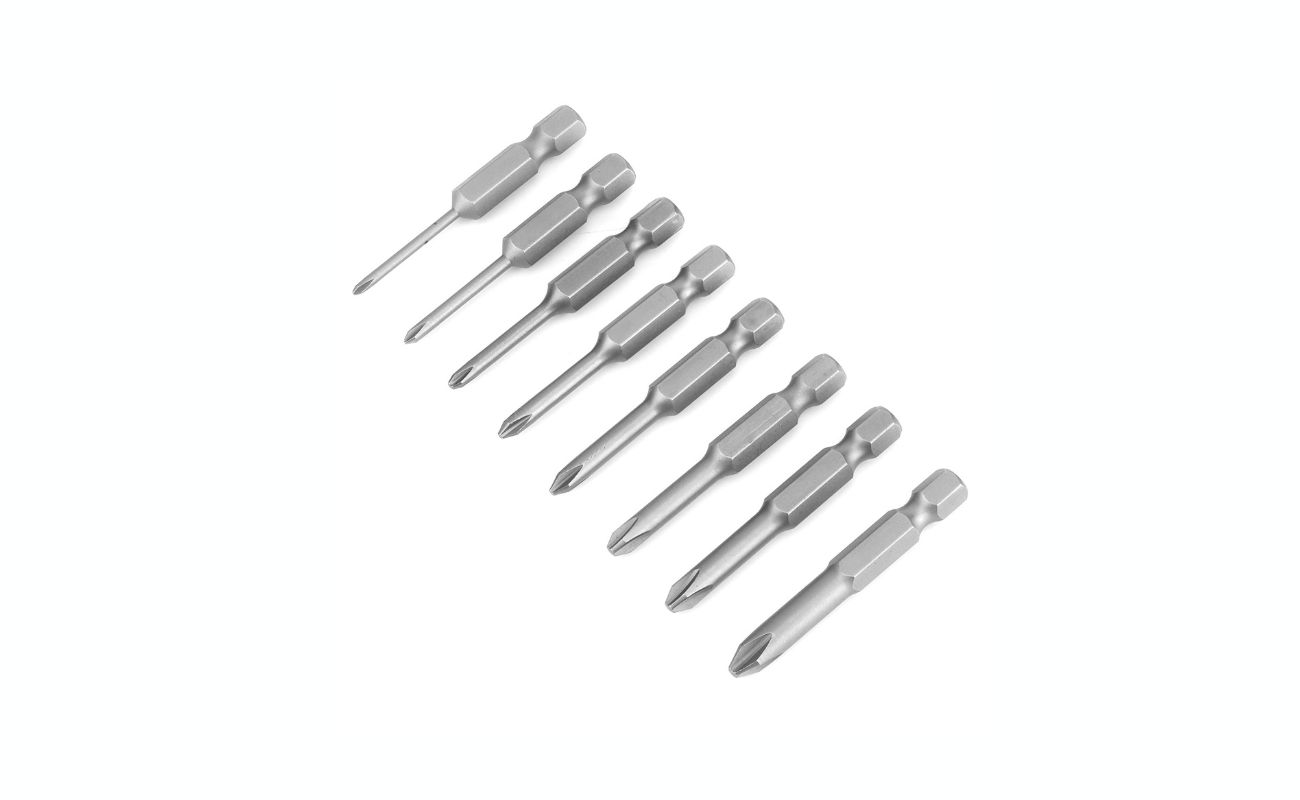

0 thoughts on “What Is A Pozi Screwdriver Used For”